Currently, the Ministry of Industry and Trade is prioritizing and accelerating the task of completing the report on the results of building the FTA Index and submitting it to the Prime Minister for consideration.
In recent times, participation in many new-generation free trade agreements (FTAs) has opened up many opportunities for Vietnam to grow and diversify import-export markets and attract foreign investment, bringing positive impacts on the socio-economic development of the country in general and of each locality in particular.
However, reality also shows that the implementation and utilization of FTAs are still uneven among localities. That requires measurement, evaluation and stronger solutions from central and local FTA enforcement agencies as well as breakthroughs in thinking and action to further increase the opportunities brought by FTAs.
Since 2022, based on the Government's instructions, the Ministry of Industry and Trade has developed a Project on the Index to assess the implementation results of FTAs (FTA Index). Currently, the FTA Index is in the process of being completed with the goal of being ready for publication as soon as possible. In the immediate future, the top priority task is to complete the report on the results of the Index development and submit it to the Prime Minister for consideration.
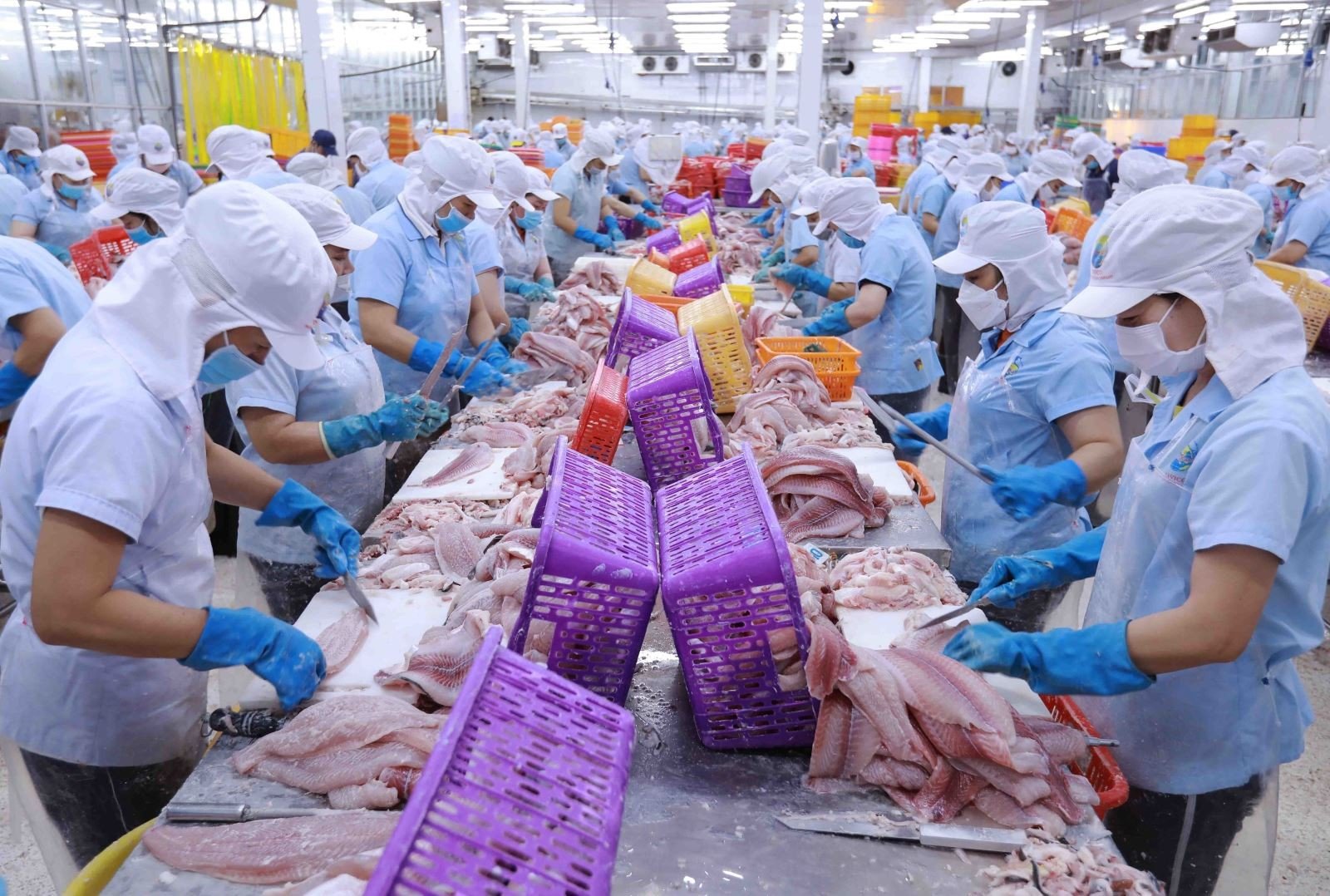 |
| In the immediate future, the top priority task of the Multilateral Trade Policy Department is to complete the report on the results of the development of the Index and submit it to the Prime Minister for consideration. Photo: Hung Son |
Regarding the progress of the FTA Index, Ms. Nguyen Thi Lan Phuong - Deputy Head of WTO and FTA Department, Multilateral Trade Policy Department, Ministry of Industry and Trade - said that we are implementing 16 FTAs, including 3 new generation FTAs such as CPTPP, UKVFTA, EVFTA... However, only since the implementation of the CPTPP Agreement has there been an implementation plan. Thus, up to now, we have 4 FTAs with implementation plans, namely CPTPP, EVFTA, UKVFTA and RCEP.
This represents a huge change in the central management agency when we implemented previous FTAs when we signed them but did not have an action plan. Since the CPTPP Agreement, we have had a plan and closely followed the Government's action plans. Along with that, ministries, branches and localities have also built their own action plans, closely following the Government's requirements to effectively implement and make the most of these FTAs.
However, there are still many limitations in the implementation process, although businesses, provinces and cities have achieved very positive results in the implementation and utilization of FTAs:
Firstly, the rate of preferential utilization is still very limited and businesses only focus on making raw products.
Second , in localities, although the attention and support for businesses to take advantage of FTAs has improved significantly, it is still very modest due to many different reasons, including reasons such as limited human resources and lack of professional training.
Finally, we lack a detailed, transparent, specific and continuous mechanism to measure the results of FTA implementation, thereby providing solutions with continuous changes. That is, the implementation plan sets out a long-term plan, but each changing political and economic context requires central and local agencies to have more specific and practical solutions for industry associations and businesses to support them to effectively utilize these FTAs.
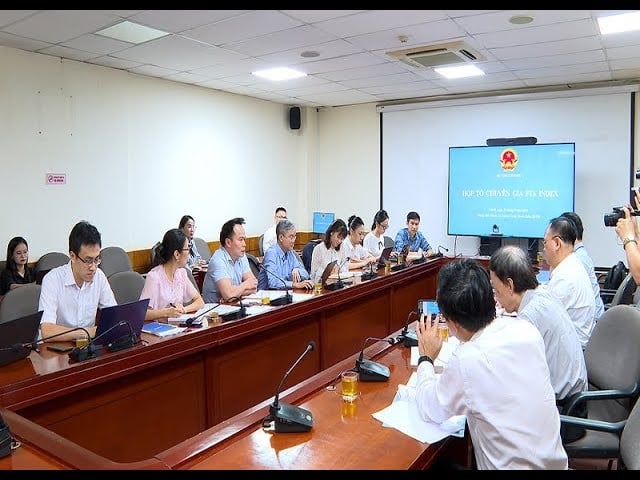 |
| During the process of building the FTA Index, the drafting agency and the Editorial Board encountered many challenges. Photo: Hoang Giang |
Not to mention, in the process of building the FTA Index, the drafting agency and the Editorial Board encountered many challenges.
First is the progress in terms of time. The funding for the construction of the FTA Index comes from the budget, however, it was not until May 2024 that the specialized agency made a decision on the funding for the task, and then went through a 4-month bidding process, and by the end of September, the unit was selected to conduct the investigation, analyze the data, as well as synthesize and build the index, and there are many other tasks and procedures behind...
There is time pressure, professional pressure, and financial pressure...
However, overcoming all barriers and challenges, the Ministry of Industry and Trade and relevant units have been making efforts to develop a report on the results of building the Index and submit it to the Prime Minister for consideration.
“ Therefore, the FTA Index was born with the aim of supporting many different subjects from the National Assembly to central agencies, local agencies, investors and people, and businesses to be able to take advantage of these FTAs better because it will measure like measuring health, measuring the capacity of provinces and cities, supporting businesses in the implementation process.
From there, we can build support solutions for localities, businesses, industry associations and investors in a more positive and effective way" - Ms. Nguyen Thi Lan Phuong informed and emphasized, this is a highlight when the Ministry of Industry and Trade builds the FTA Index.
Notably, providing more information about the meaning of the FTA Index, the representative of the Multilateral Trade Policy Department also said that when the FTA Index is completed, it will be a tool to help the National Assembly evaluate, monitor the results and better direct the implementation of the FTA.
For central agencies, it will help with better management and more practical support for localities and businesses.
Through the FTA Index, local agencies and businesses can review the implementation of the Government's action plan in conjunction with the action plan developed by the province or city, and from there, identify what has been done and what needs to be further promoted, thereby providing more specific solutions and policies for businesses in their area to take advantage of the FTA.
For businesses and people, it will measure their level of implementation, understanding, and interest in FTAs, thereby helping management agencies from central to local levels to come up with solutions and policies that are appropriate to people's interests in FTAs.
Source: https://congthuong.vn/uu-tien-nguon-luc-hoan-thien-bao-cao-ket-qua-xay-dung-bo-chi-so-fta-index-trinh-chinh-phu-363283.html


![[Photo] General Secretary To Lam meets and expresses gratitude to Vietnam's Belarusian friends](https://vphoto.vietnam.vn/thumb/1200x675/vietnam/resource/IMAGE/2025/5/11/c515ee2054c54a87aa8a7cb520f2fa6e)



![[Photo] General Secretary To Lam arrives in Minsk, begins state visit to Belarus](https://vphoto.vietnam.vn/thumb/1200x675/vietnam/resource/IMAGE/2025/5/11/76602f587468437f8b5b7104495f444d)

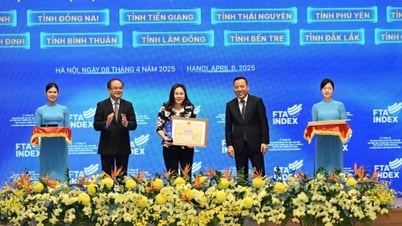







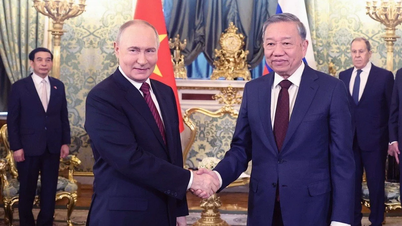



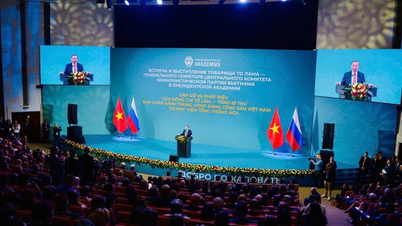












![[Photo] General Secretary To Lam concludes visit to Russia, departs for Belarus](https://vphoto.vietnam.vn/thumb/1200x675/vietnam/resource/IMAGE/2025/5/11/0acf1081a95e4b1d9886c67fdafd95ed)
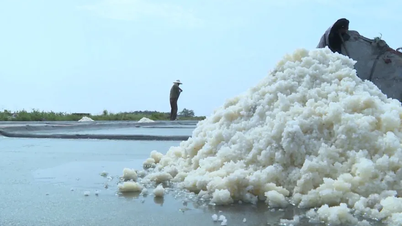



























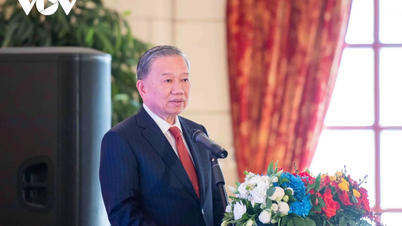










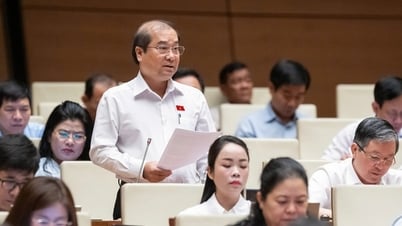
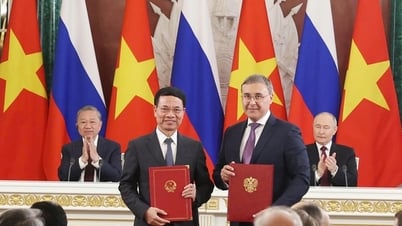

























Comment (0)